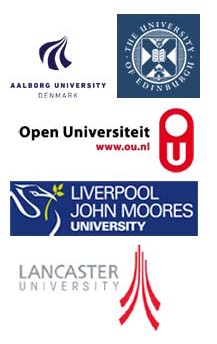

Lost in transition? Making sense of space:time configurations across workplace and educational boundaries
Dr Sue Timmis, Graduate School of Education, University of Bristol, Dr Jane Williams, Centre for Medical Education, University of Bristol.
Transitions are part of the experience of Higher Education. These include beginnings, endings and also frequent transitions across physical and online settings, particularly for those on professional programmes where continual movements between work-based placements and university environments are commonplace. This paper argues that such transitions can be regarded as chronotopic movements. A chronotope (Bakhtin, 1981) is a space:time configuration where time and space are dialectically related and where such relationships help to make transitions meaningful. Rather than seeing space as a container and time as immutable, chronotopes allow us to understand how spatiality and temporality can act as resources in learning (Lemke, 2004). Networked learning can also be understood chronotopically through shifting and evolving forms of digital and physical space that are constructed through time and changes in culture. The paper draws on findings from a study of third year medical students on clinical placements going through daily transitions between clinical and educational settings. Students were transitioning between different cultures and practices involving new ways of working, access to and use of technology and where the culture of clinical specialisms heavily influenced both available tools and practices. Networked technologies helped students create stability, as they were learning whilst on the move and needed to transport work with them. Moving between different settings and contexts was very time and resource intensive and assumptions were made by tutors about the ease of transitions. Students constructed new artefacts, in response to the need to manage and make sense of multiple resources and types of information. Working across boundaries and in new space:time configurations was also found to involve frequent adaptations of roles where student agency and resourcefulness were critical. Digital media are culturally situated tools and artefacts, forming part of students' identity performances (Holland et al, 1998) as they moved between different specialisms and settings. The paper concludes that networked learning environments helped in managing the fluidity and changes of space and time when working and learning across changing contexts. Chronotopes acted as resources to help students make sense of their education and manage the continual changes of culture and identity, contingent on agency and available tools and artefacts. Networked learning environments offer distinct and dynamic chronotopes, allowing new forms of practice and discourse to emerge which are critical for students' sense making when transitioning between contexts and cultures.
Keywords
chronotopes, transition, work-based learning, discourse, identity
| Invited Speakers | Community & Hot Seats| Past Conference Proceedings | Doctoral Consortium | Contact |